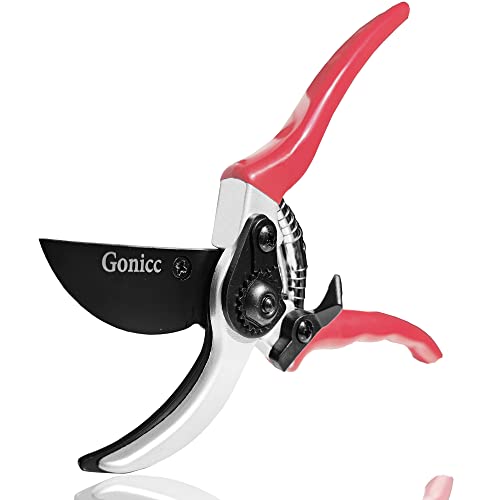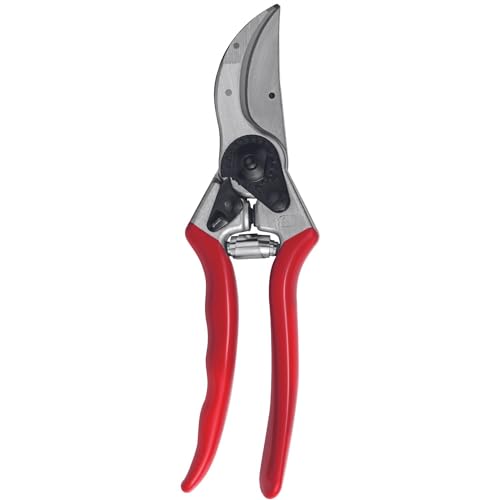When to prune shrubs – the best time to trim both deciduous and evergreen shrubs
Spring and summer-flowering shrubs want pruning at different times of year, discover when to trim and when to avoid
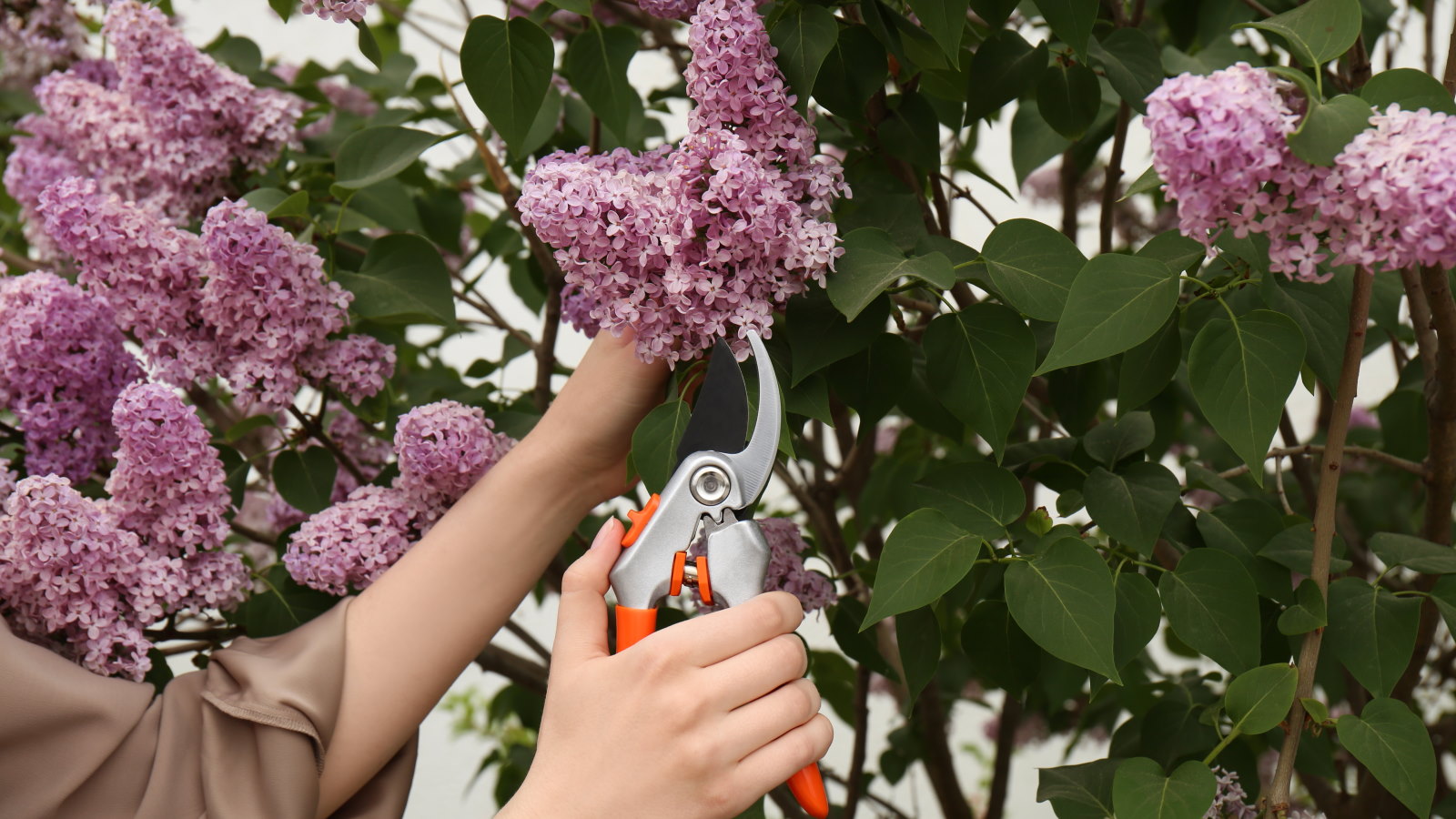

Pruning is an essential part of growing shrubs and knowing when to prune is an important aspect of ensuring any shrubs are healthy and look their best year after year. Trimming at the wrong time not only risks losing out on flowers, but you can leave the shrub vulnerable to damage from weather, pests, and diseases.
Shrub pruning was an integral annual task during my years working as a professional gardener in large, historic public gardens in the UK. I maintained many flowering fast-growing shrubs and evergreen topiary bushes - over 200 formal topiary shrubs in one particular garden - and pruned them at the correct time of year for the best displays the public could enjoy.
This guide to when to prune shrubs looks at several different types, outlining the best time to trim the shrubs back, and why, along with when to avoid pruning. I use my experience and hear from other garden experts to establish when the best time is to prune shrubs so yours remain healthy and flourishing.

When to prune flowering shrubs
‘Pruning shrubs at the right time improves their performance rather substantially,’ says renowned plant expert Sarah Raven. ‘A common mistake is treating all shrubs the same, regardless of their species.’ To help you avoid this pruning mistake, let's take a close look at when to prune different types of flowering shrubs.
When to prune spring flowering shrubs
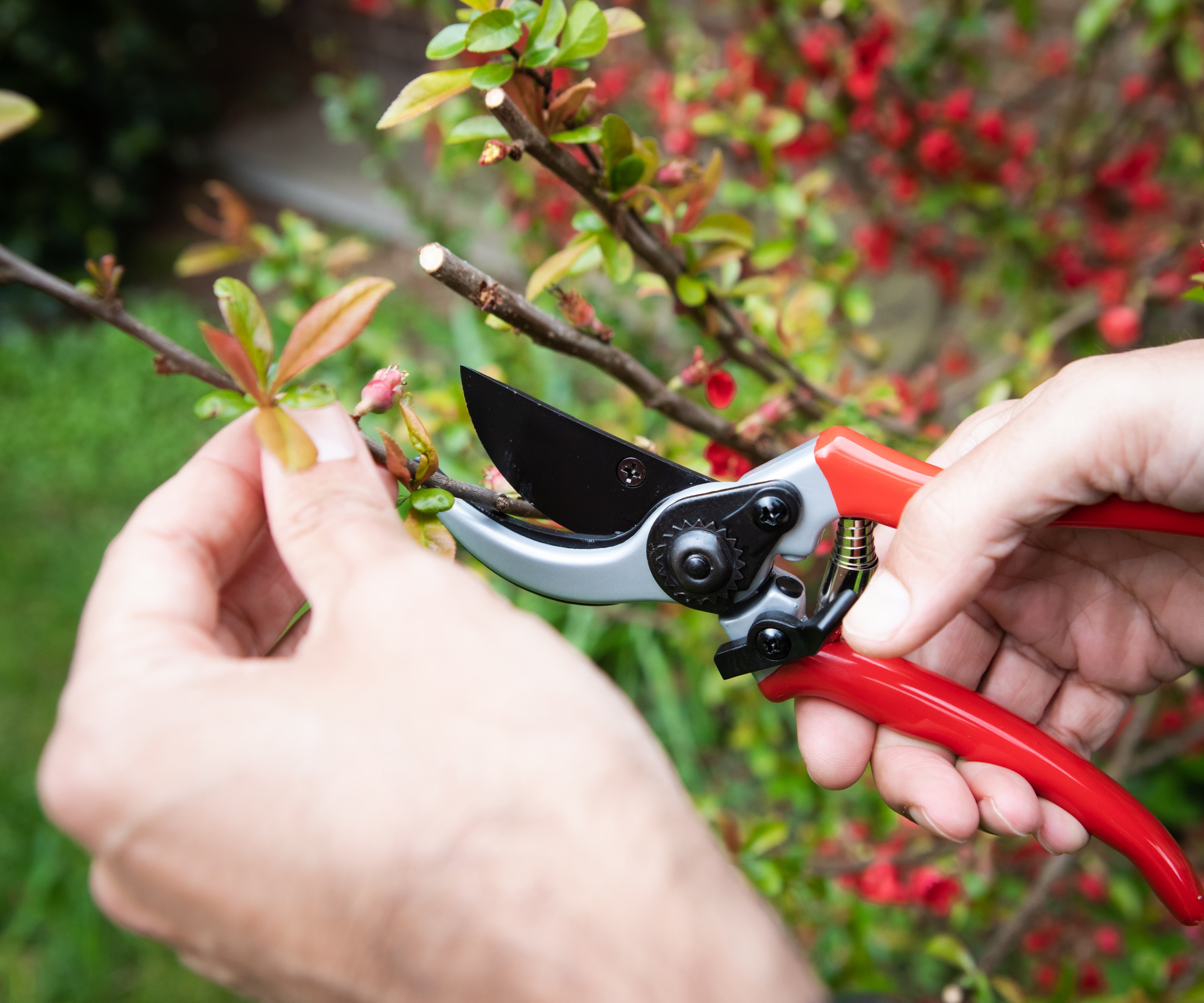
Spring flowering shrubs are traditionally classed as ones that bloom before the middle of June. These beautiful shrubs provide glorious color from winter through spring and include the likes of rhododendrons, azaleas, camellias, lilacs, forsythia, deutzia, weigela, kerria, and many more.
The way the shrubs bloom determines the best time of year to prune them, along with when to avoid trimming. They bloom on old wood, the growth produced the previous season, and want to be given as much time as possible to form flower buds to carry next year’s display.
‘For shrubs in flower from November to June, prune as soon as they’ve stopped flowering,’ recommends Sarah Raven. ‘Doing so will allow their buds to form on existing branches, producing a further flurry of flowers.’
Pruning spring-flowering shrubs too late risks a lack of blooms the following spring and pruning them too early in the year means removing the buds that will carry the year's display.
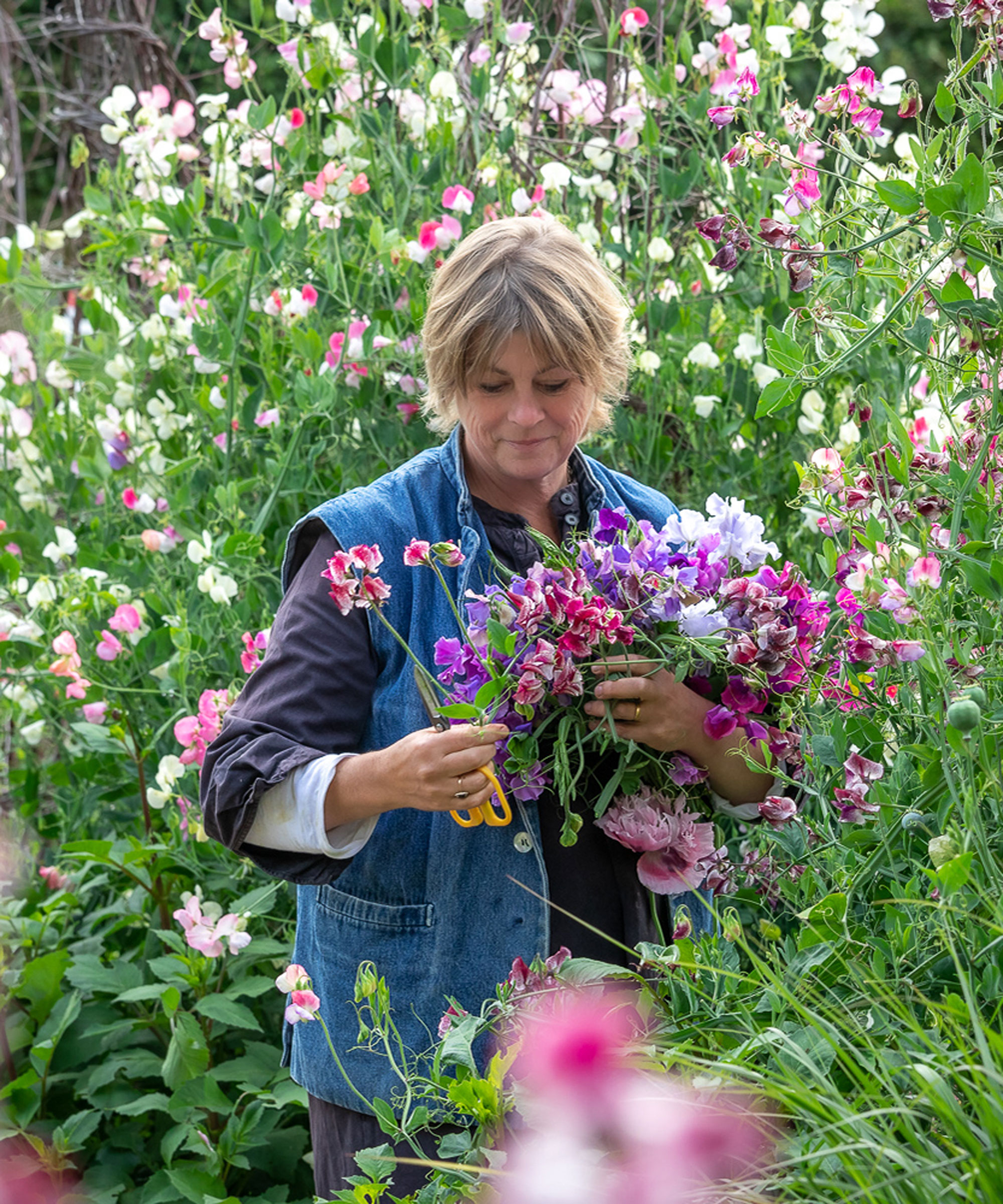
Sarah Raven is a renowned gardener, author, and teacher. She has written for many publications and won awards for her gardening books. Her books include A Year Full of Flowers: Gardening for All Seasons and The Cutting Garden: Growing and Arranging Flowers, both available at Amazon.
When to prune summer flowering shrubs
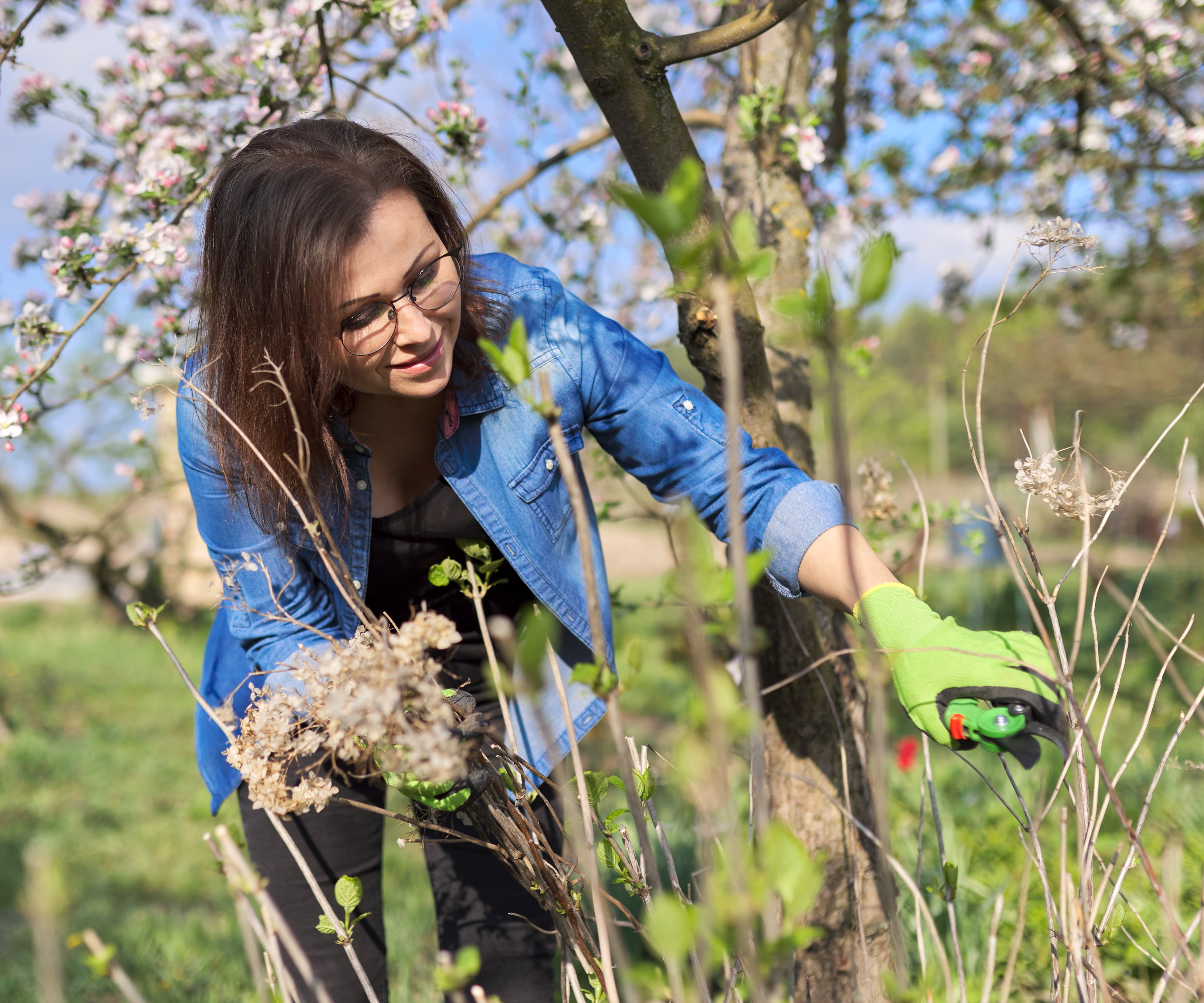
Summer flowering shrubs flower from July to October and produce blooms on new wood produced that season.
Shrubs such as butterfly bush, hydrangea, Russian sage, spirea, fuchsia, and roses, are all best pruned in late winter or early spring during dormancy. This encourages a strong flush of growth in spring, from the food reserves the plants hold over winter, to carry that season’s flowers.
Avoid pruning in the middle of winter as frost may get into pruning wounds and leave the tree susceptible to pests and diseases. There are also risks with pruning summer-flowering shrubs in late summer or fall as Angela Slater, plant expert at Hayes Garden World, warns: ‘This can lead to a rush of new growth which won’t have the time to harden off before winter.
‘This new soft growth will be susceptible to becoming frosted and will then have to be pruned off in early spring.’
The ideal time to prune in spring is after the last frost for your US hardiness zone and just as the plant starts growing again for the new season.

Angela Slater holds a degree in Conservation and Land Management and has worked for Hayes Garden World, in various guises, for 33 years. Angela is a regular contributor to many national, lifestyle and garden trade publications.
When to prune evergreen shrubs
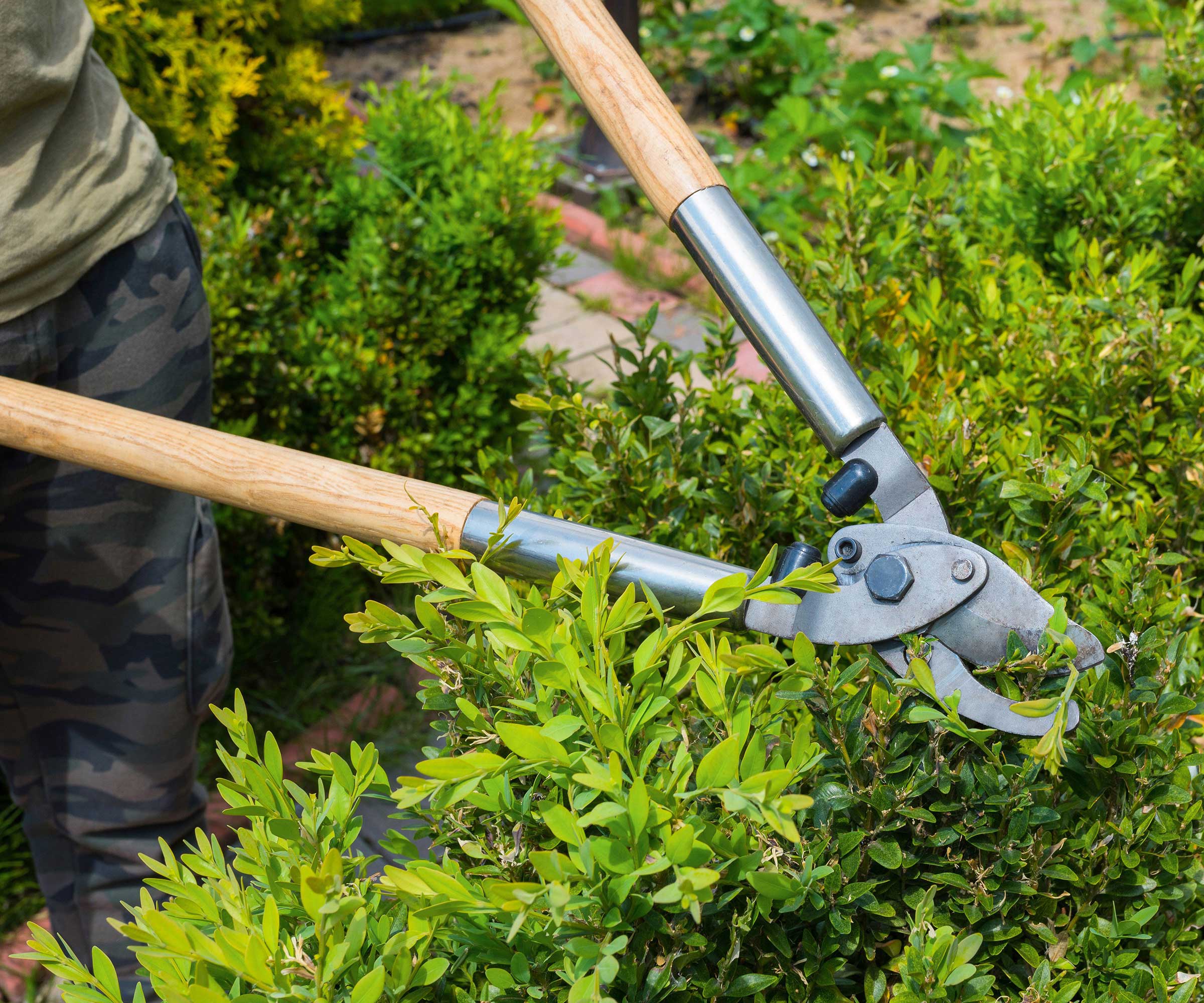
The best time to prune evergreen shrubs can vary depending on the type, however, early spring and late summer tend to be the best time to trim evergreen bushes.
Pruning in spring helps remove any winter damage and stimulates new growth to help the shrub thrive in summer. Spring pruning is recommended for trimming boxwood bushes and pruning laurel, holly, viburnum, and more. The exceptions to spring pruning are any evergreens that flower in spring, such as rhododendrons, azaleas, and camellias.
Steve Swanborough, gardening expert at Henchman, advises that evergreens like yew and privet prefer pruning in fall after the active growth has finished. Trimming in summer can harm such evergreens, as he warns: ‘Avoid pruning on hot or sunny days. Exposing inner leaves to direct sunlight can scorch them.
‘Similarly, pruning during a cold snap can stress the plant’s sensitive tissue. Instead, make sure to wait for an overcast, mild day to avoid causing unnecessary damage to the shrub.’
When to prune newly planted shrubs
Formative pruning of newly planted shrubs helps encourage the plant’s structure for years to come. Any new additions when landscaping with shrubs benefit from shaping during their formative years. Light pruning in early spring shapes the plant, removes damaged, diseased, or crossing shoots, and encourages buds to break lower down the stems.
Shop shrub pruning tools
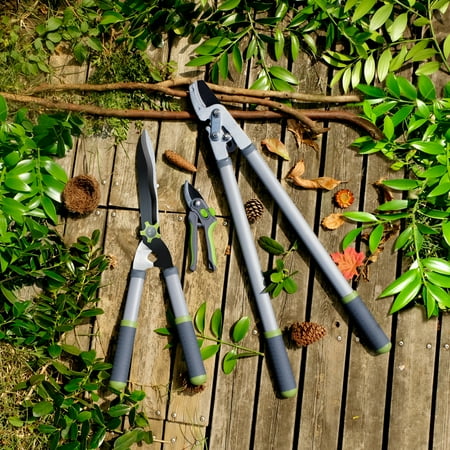
A pruning set that includes anvil loppers, heavy-duty hedge shears and sharp soft grip bypass pruners - perfect for pruning a range of shrubs
FAQs
When should you not prune shrubs?
Avoid pruning shrubs during periods of extreme weather, including the hottest days of midsummer and in the middle of cold winters. Both extreme heat and cold can damage shrubs and leave them susceptible to pests and diseases. Pruning shrubs in fall is also not recommended as it encourages new growth when the plant wants to prepare for dormancy. The resulting flush of new growth gets damaged by the winter colds.
When should you prune old overgrown shrubs?
Overgrown shrubs are best pruned in late winter or early spring over a few years. Removing up to a third of the oldest branches each year is a proven way to rejuvenate an older and larger shrub.
An alternative is to cut an entire shrub to around six inches from the ground in early April to encourage replacement shoots. This method will not work for all shrubs but can be used on overgrown lilacs, forsythias, spireas, and dogwoods.
The simple one-third pruning rule is always worth considering when pruning shrubs. Not removing more than one-third of the shrub’s healthy growth helps maintain their health. Cutting away more than this can weaken shrubs and often result in them putting on lots of weak and straggly growth. This is why renovation pruning over several years is preferred to cutting back shrubs to the ground.
Sign up to the Homes & Gardens newsletter
Design expertise in your inbox – from inspiring decorating ideas and beautiful celebrity homes to practical gardening advice and shopping round-ups.

Drew’s passion for gardening started with growing vegetables and salad in raised beds in a small urban terrace garden. He has worked as a professional gardener in historic gardens and specialises in growing vegetables, fruit, herbs, and cut flowers as a kitchen gardener. That passion for growing extends to being an allotmenteer, garden blogger, and producing how-to gardening guides for websites. Drew was shortlisted for the New Talent of the Year award at the 2023 Garden Media Guild Awards.
-
 ‘It leads to more headaches than it's worth’ – 4 reasons you should never store things in your oven, including fire risks and serious illness
‘It leads to more headaches than it's worth’ – 4 reasons you should never store things in your oven, including fire risks and serious illnessYour oven is for cooking, and cooking only, experts urge
By Chiana Dickson
-
 Urban gardening ideas – 7 creative ways to grow in small spaces, balconies, containers, indoors, and more
Urban gardening ideas – 7 creative ways to grow in small spaces, balconies, containers, indoors, and moreMake the most of your space with these innovative ways to garden
By Tenielle Jordison
-
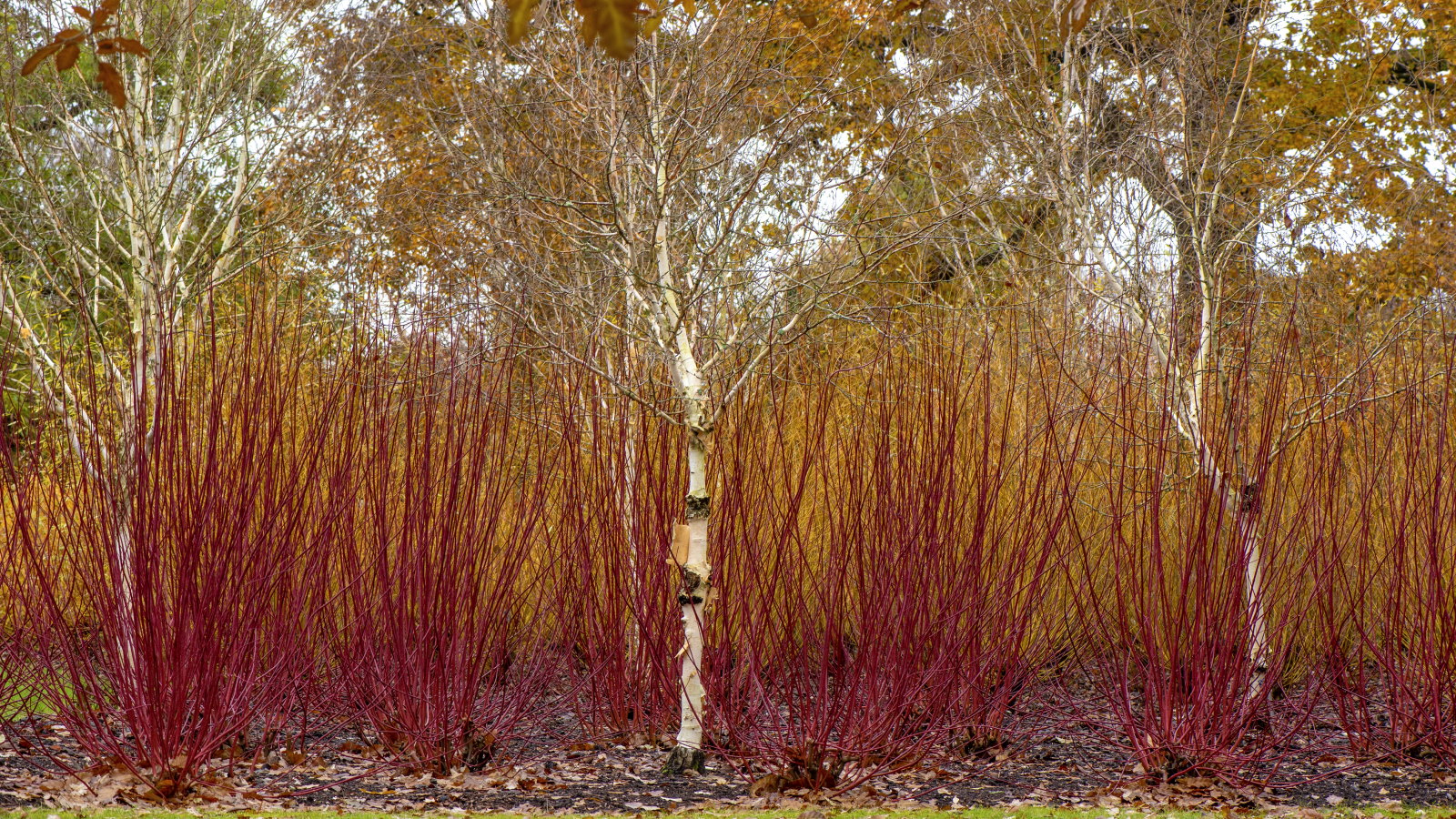 How to coppice trees and shrubs – and the 5 species that will benefit from this historical and super simple pruning technique
How to coppice trees and shrubs – and the 5 species that will benefit from this historical and super simple pruning techniqueCoppicing has aesthetic and practical benefits in a garden
By Drew Swainston
-
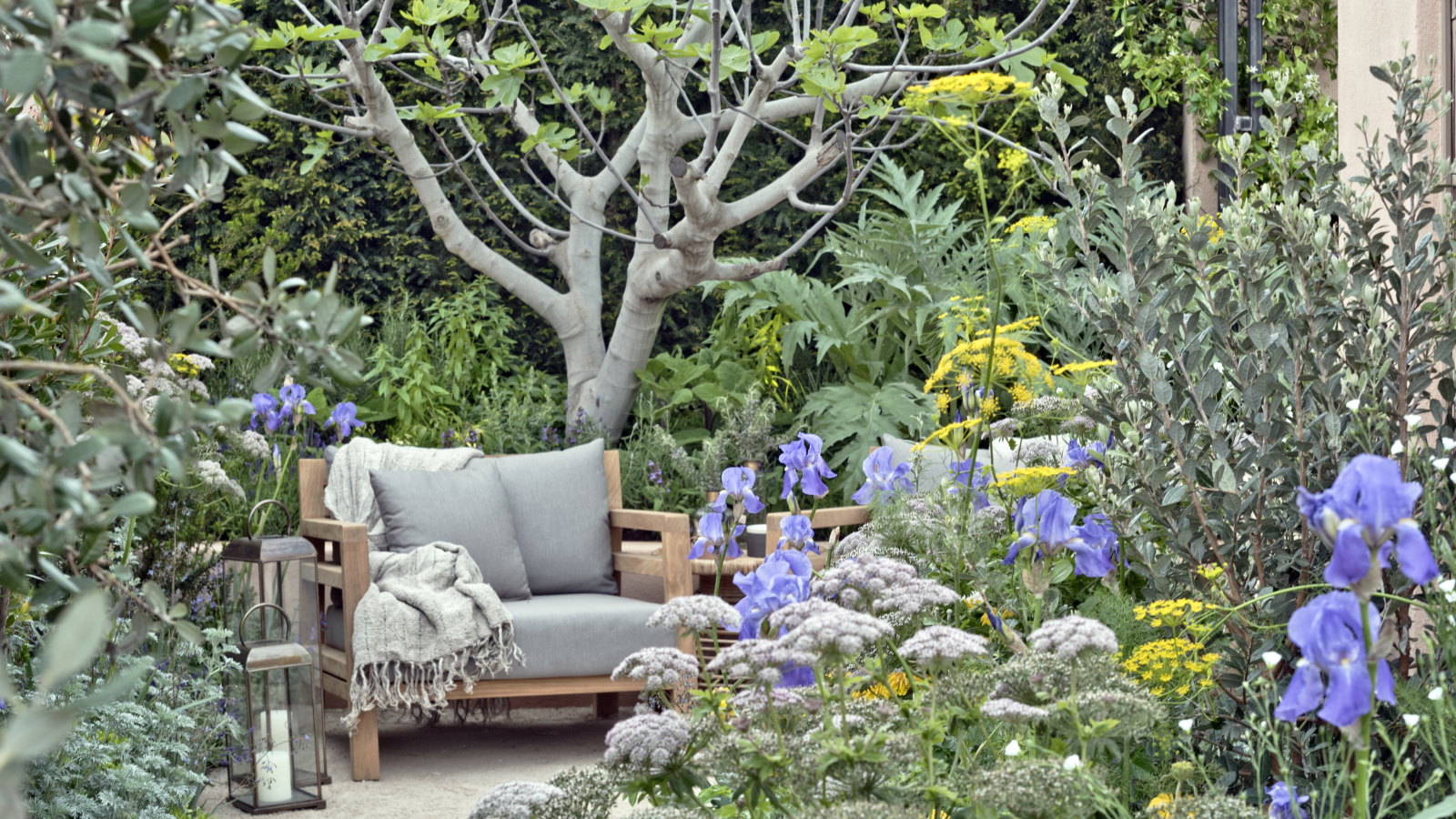 Horticulturists urge you to prune these 7 plants in April – for healthy growth and better-than-ever flowering displays
Horticulturists urge you to prune these 7 plants in April – for healthy growth and better-than-ever flowering displaysDiscover a key selection of plants to cut back this month, with expert pruning advice
By Drew Swainston
-
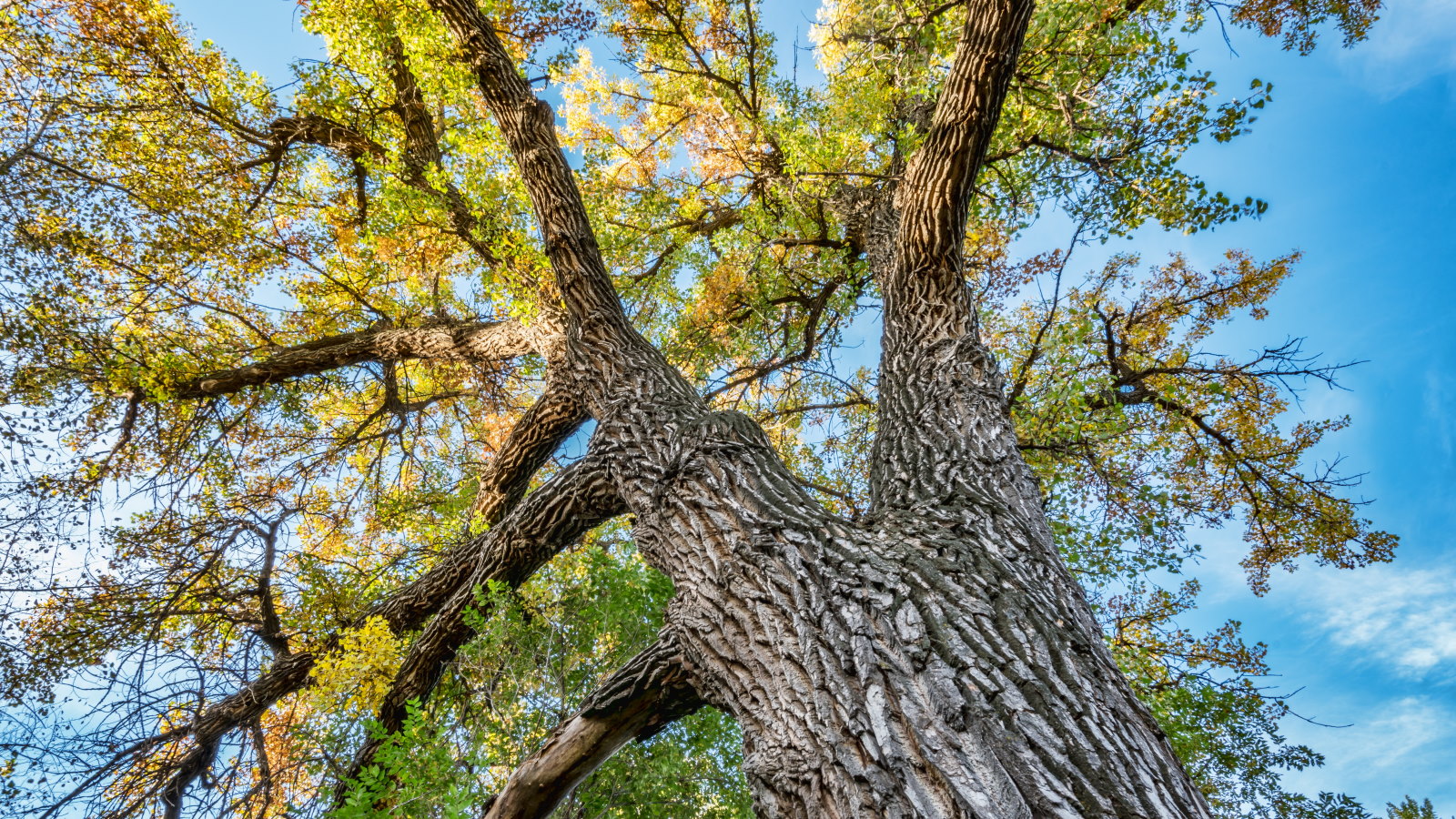 Safety is the number one reason to prune a cottonwood tree – an arborist reveals the best trimming routine to follow
Safety is the number one reason to prune a cottonwood tree – an arborist reveals the best trimming routine to followWhen and how to prune young and established cottonwoods
By Drew Swainston
-
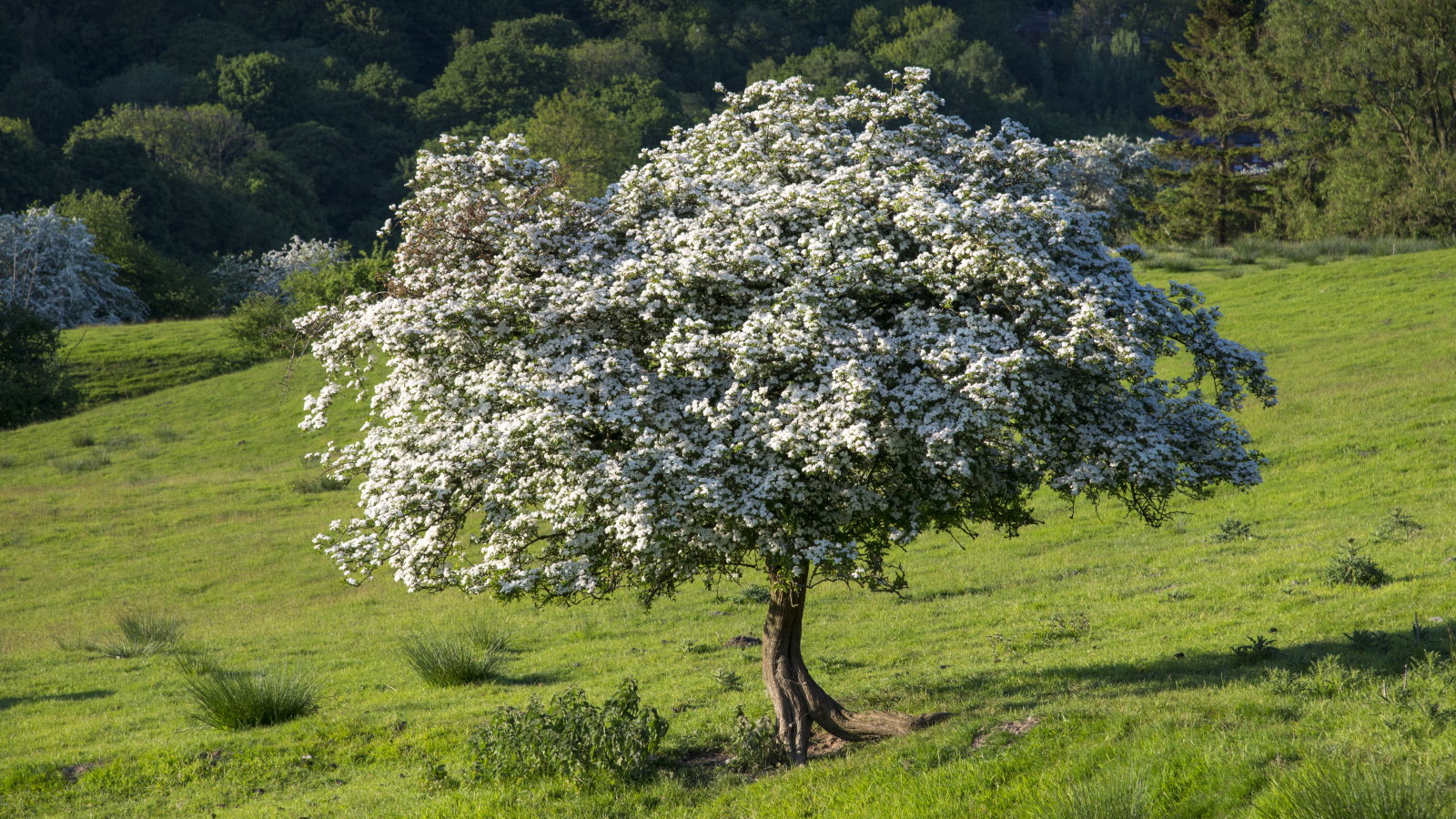 Now is the time to prune hawthorn trees to keep them healthy and attractive – 5 expert-recommended steps to follow for proper trimming
Now is the time to prune hawthorn trees to keep them healthy and attractive – 5 expert-recommended steps to follow for proper trimmingAvoid unnecessarily stressing your trees by pruning at the right time and not getting carried away
By Drew Swainston
-
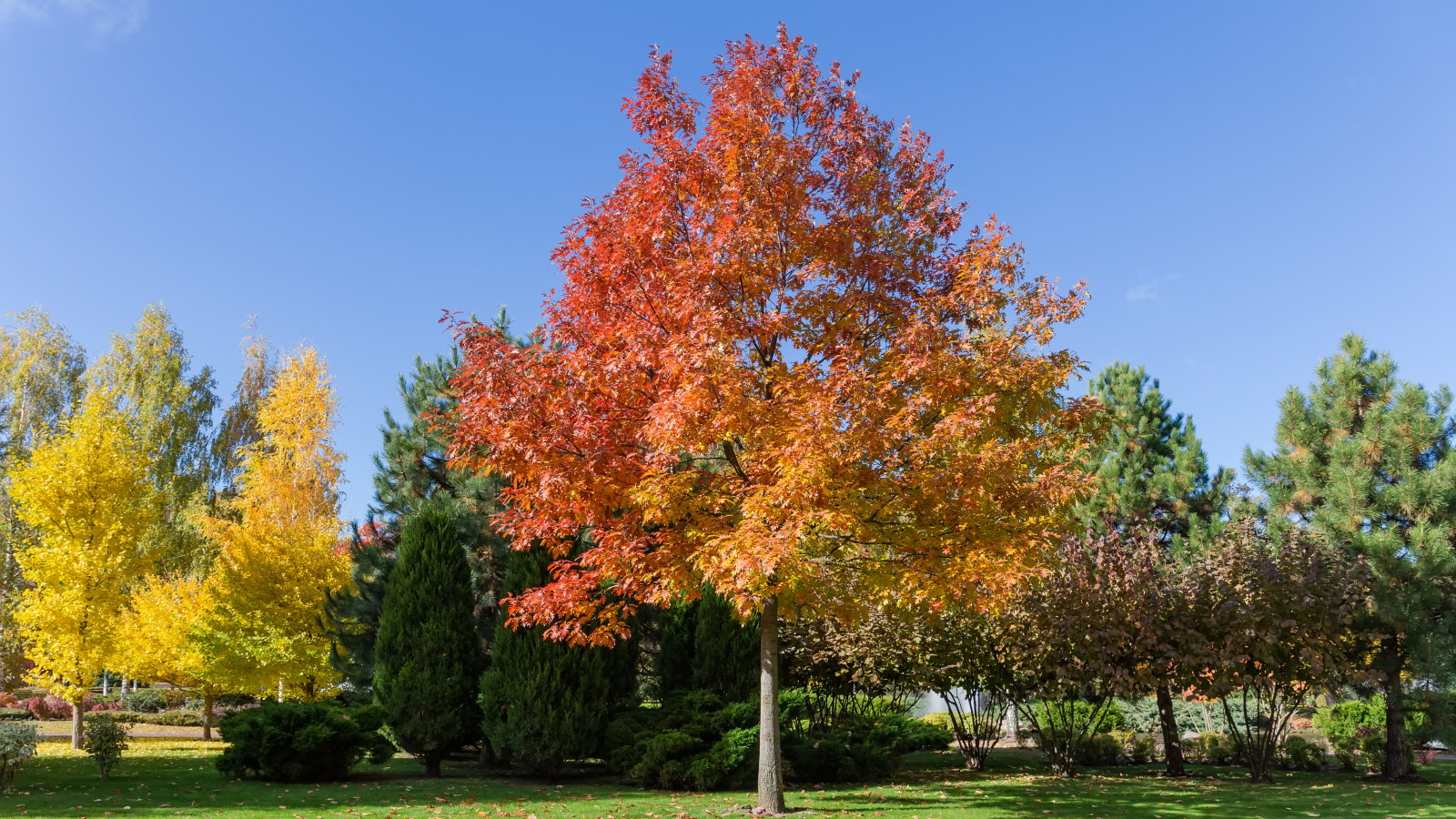 This is your last chance to prune oak trees to avoid a potentially fatal disease that can kill trees within months, arborists reveal
This is your last chance to prune oak trees to avoid a potentially fatal disease that can kill trees within months, arborists revealStay safe and discover what you can prune at different times of the year
By Drew Swainston
-
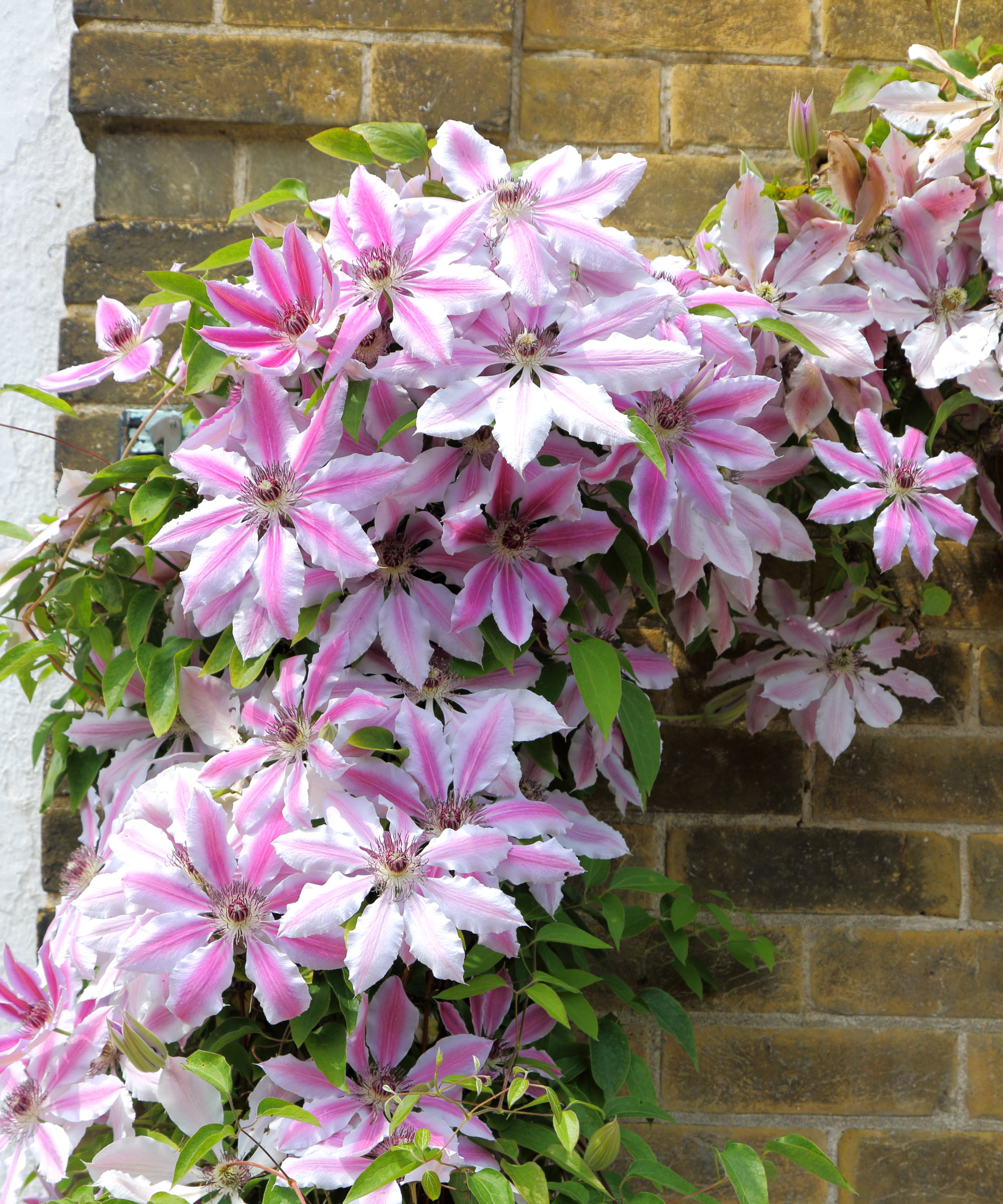 Expert horticulturists reveal 5 clematis pruning mistakes to avoid if you want spectacular floral displays
Expert horticulturists reveal 5 clematis pruning mistakes to avoid if you want spectacular floral displaysWhy you need to prune at the right time and not remove too much or too little
By Drew Swainston
-
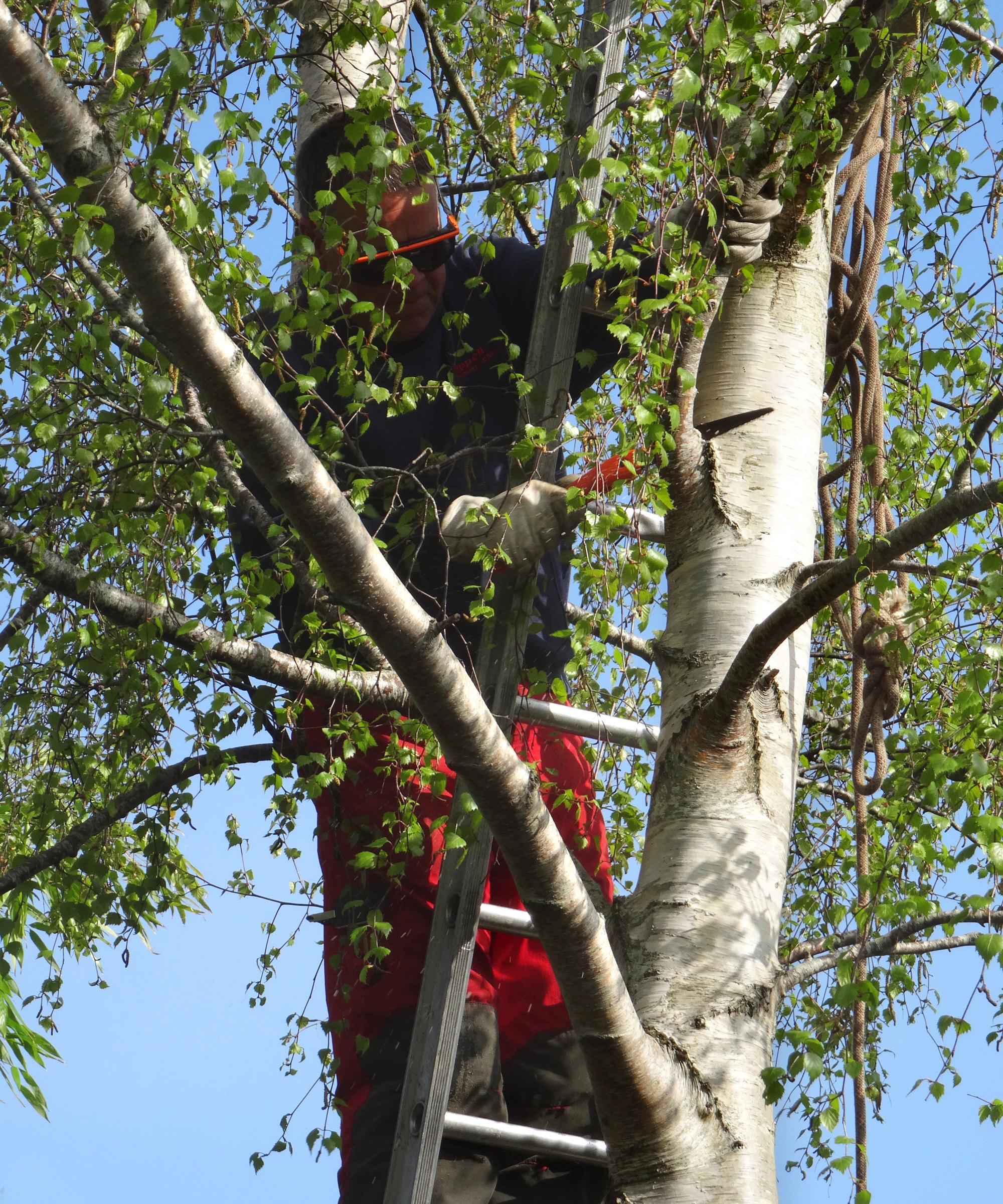 How to prune birch trees – arborists reveal 5 golden rules to follow and 3 things you should never do
How to prune birch trees – arborists reveal 5 golden rules to follow and 3 things you should never doAggressive pruning can be fatal to birch trees – here is how to avoid it
By Drew Swainston
-
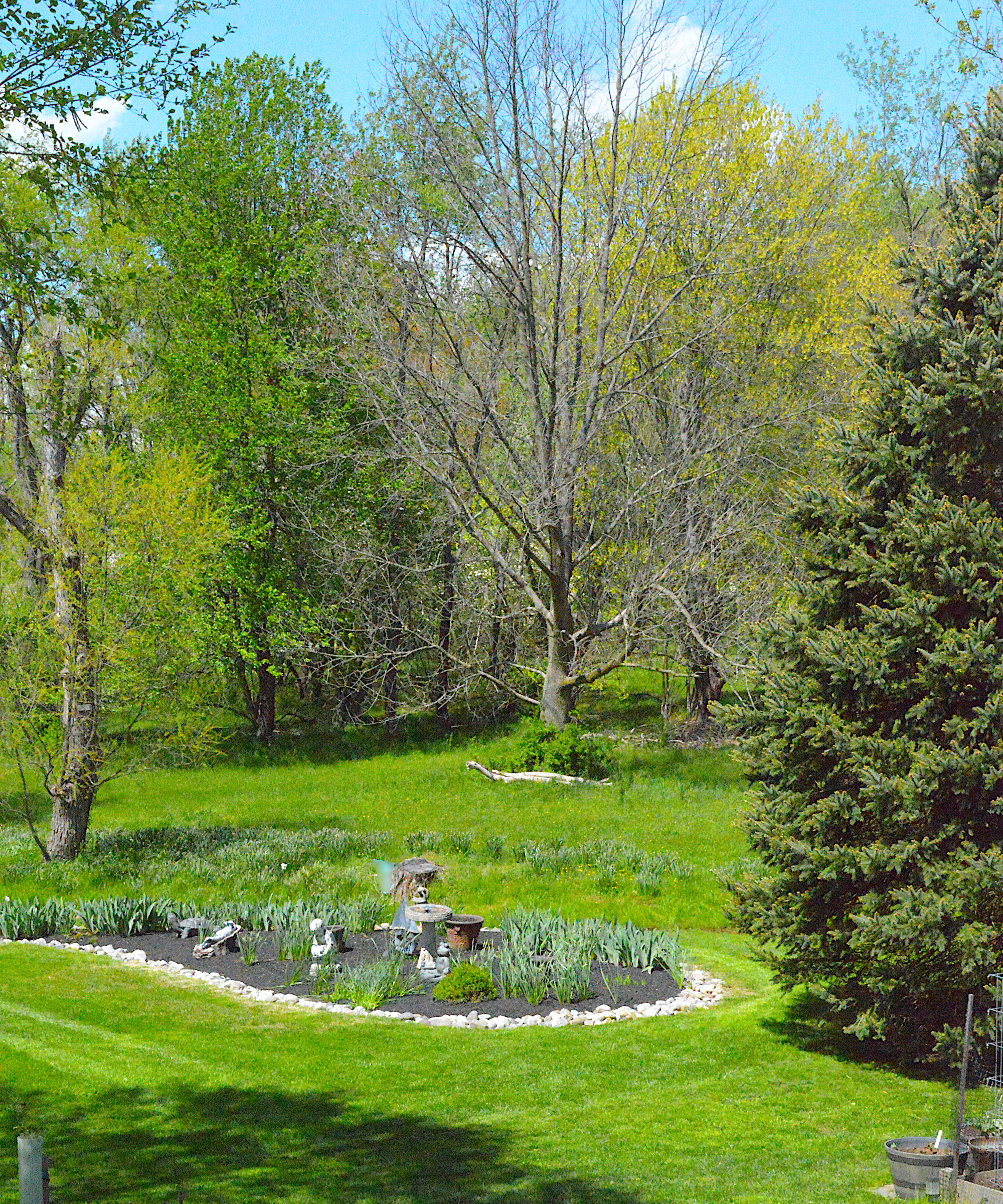 There's still time to prune deciduous trees this month – expert trimming advice for 9 of the most popular backyard trees
There's still time to prune deciduous trees this month – expert trimming advice for 9 of the most popular backyard treesThese trees will benefit from pruning in February with our handy guide
By Drew Swainston
